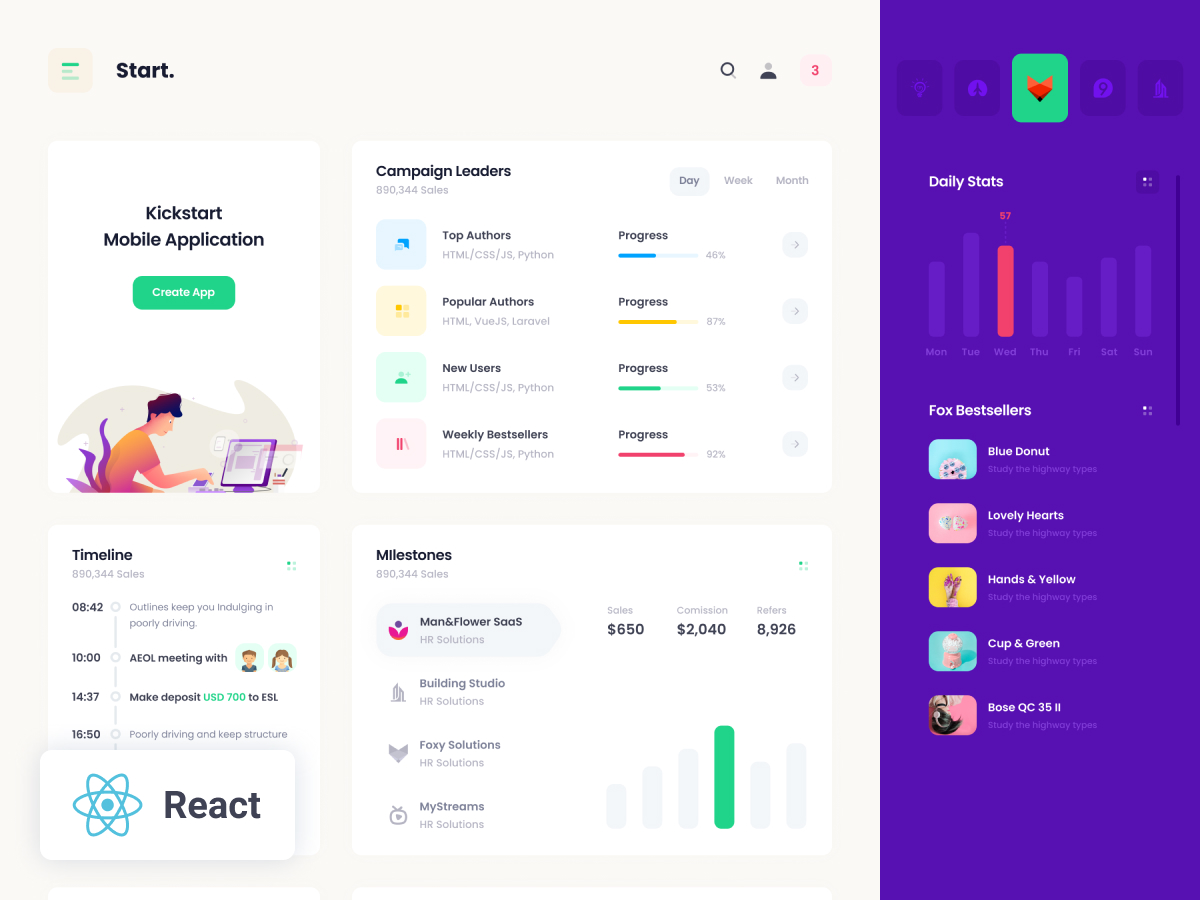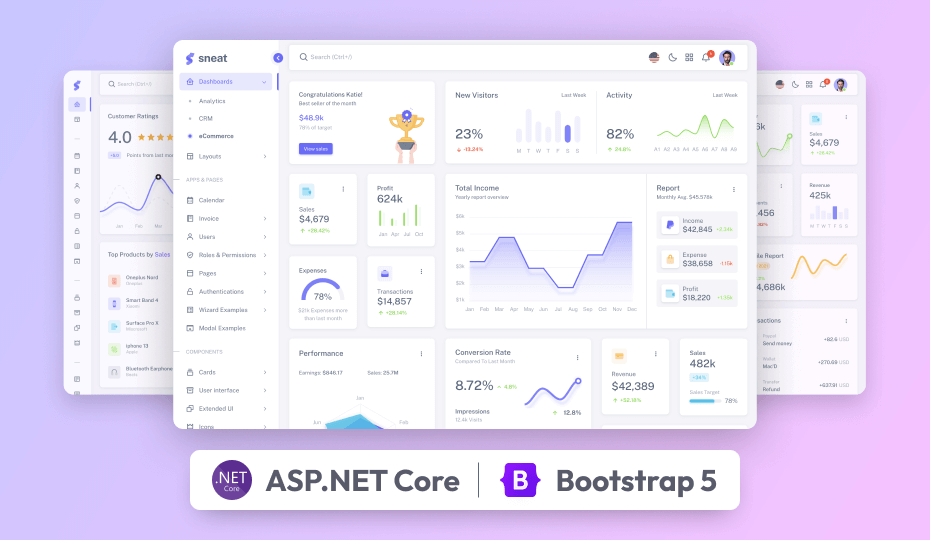The Role of User Experience (UX) in Successful Business Marketing
The Role of User Experience (UX) in Successful Business Marketing
In today's competitive business landscape, providing a positive user experience (UX) is paramount to achieving marketing success. UX encompasses all aspects of how users interact with your product or service, from the initial onboarding process to ongoing engagement. By prioritizing UX, businesses can effectively attract, engage, and retain customers, leading to increased revenue and brand loyalty.
Key Elements of User Experience
To deliver a superior UX, businesses need to consider various key elements:
Usability: Ensuring that your product or service is easy to use and navigate is crucial. A seamless and intuitive user interface (UI) will reduce frustration and enhance the overall experience.
Accessibility: Creating an accessible product or service means making it usable by individuals with disabilities. This includes providing alternative text for images, transcripts for videos, and ensuring that your website is compatible with assistive technologies.

Functionality: Your product or service should fulfill its intended purpose effectively and efficiently. Ensure that key features are easy to find and use, and that it performs as expected.
Reliability: Consistency and reliability are vital for a positive UX. Users should be able to rely on your product or service to perform as expected, without encountering frequent bugs or errors.
Security: Protecting user data and ensuring privacy is essential for building trust. Implement robust security measures to safeguard user information and comply with relevant regulations.
Customer Support: Providing excellent customer support is crucial for a positive UX. Offer multiple channels for users to reach out for assistance, and ensure that your support team is knowledgeable, responsive, and empathetic.
The Impact of UX on Marketing Success

Investing in UX can have a profound impact on your marketing efforts:
Increased Conversion Rates: By creating a user-friendly and seamless experience, you can significantly improve conversion rates. When users can easily find the information they need and navigate your website or app without hassle, they are more likely to make a purchase or take desired actions.
Enhanced Customer Loyalty: A positive UX fosters customer loyalty and repeat business. When users have a positive experience, they are more likely to become repeat customers and recommend your product or service to others through word-of-mouth marketing.
Improved Brand Reputation: A well-designed UX can elevate your brand's reputation and position it as a leader in your industry. Users tend to associate brands with positive experiences, which can lead to increased trust and credibility.
Competitive Advantage: In a crowded marketplace, delivering a superior UX can give you a competitive edge. By providing a user-centric experience, you can differentiate your brand and attract more customers.
Optimizing UX for Marketing Effectiveness
To optimize UX for marketing effectiveness, consider the following strategies:
Conduct User Research: Understand your target audience's needs, preferences, and pain points through user research methods such as surveys, interviews, and usability testing. Use these insights to tailor your UX accordingly.
Create a Cohesive Brand Experience: Ensure consistency across all touchpoints, including your website, social media, marketing materials, and customer support interactions. A cohesive brand experience enhances recognition and builds trust.
Personalize User Experiences: Tailor the UX based on individual user preferences and behaviors. This can be achieved through personalization features such as tailored recommendations, targeted content, and customized messages.
Use Analytics and Feedback: Continuously track user behavior and collect feedback to identify areas for improvement. This data-driven approach allows you to make informed decisions and refine your UX strategy over time.
Conclusion
In today's customer-centric era, prioritizing user experience (UX) is a key ingredient for successful business marketing. By designing products and services that are easy to use, accessible, functional, reliable, and secure, businesses can create positive experiences that attract, engage, and retain customers. This leads to increased conversion rates, enhanced customer loyalty, improved brand reputation, and a competitive advantage. By continuously optimizing UX and aligning it with marketing goals, businesses can unlock the full potential of their marketing efforts and achieve long-term success.
